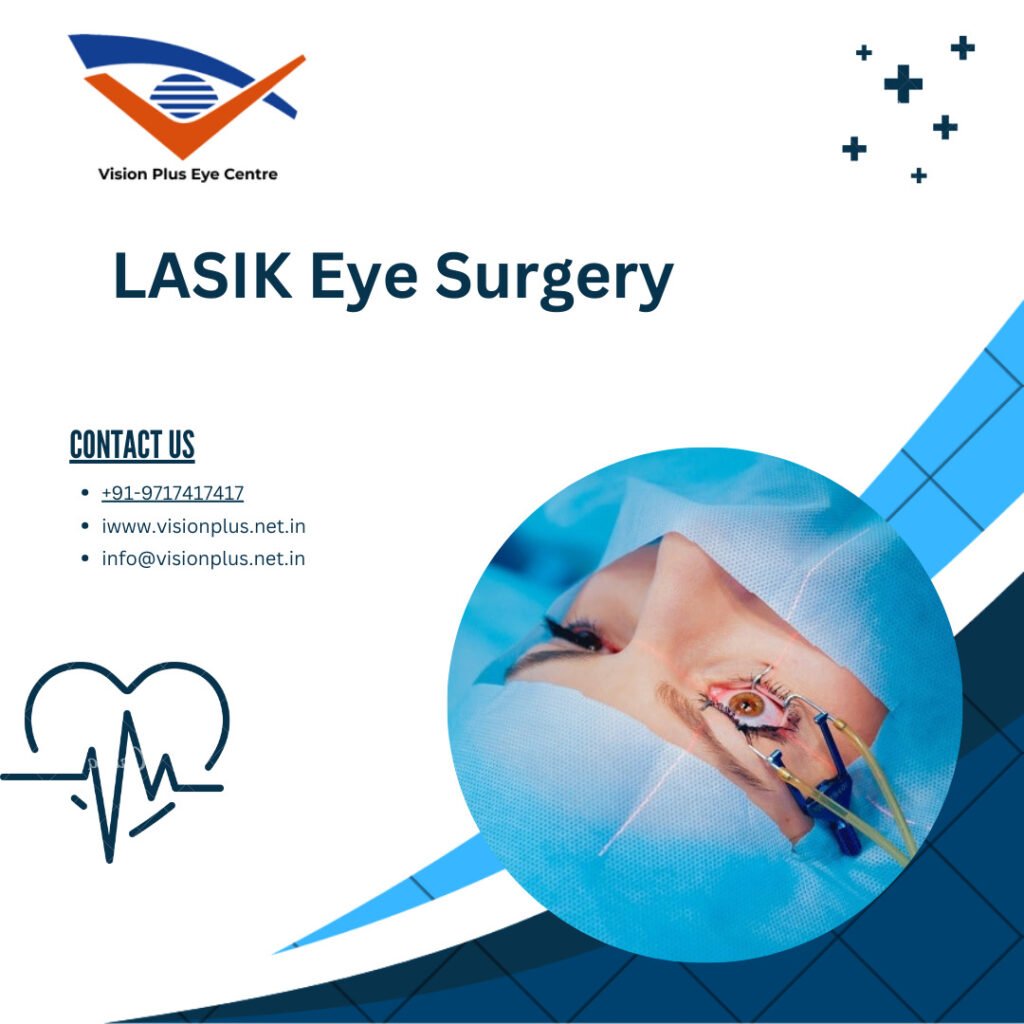
Navigating LASIK Recovery: Essential Guidelines for Optimal Healing
Undergoing LASIK surgery is a transformative journey toward improved vision, but proper recovery is crucial for long-term success. In this comprehensive guide, we delve into the LASIK recovery process, providing essential guidelines to ensure optimal healing and visual outcomes.
Immediate Post-Operative Care: The First Steps to Recovery
The initial hours and days after LASIK surgery are critical for a successful recovery. Patients are advised to rest and avoid strenuous activities. Applying prescribed eye drops according to the surgeon’s instructions helps prevent infection, reduce inflammation, and promote healing. Protective eyewear may be recommended to shield the eyes from external irritants.
Managing Discomfort: Understanding Normal Sensations
It’s common to experience mild discomfort, such as dryness, itchiness, or a foreign-body sensation in the eyes post-LASIK. These sensations are normal and typically subside as the eyes heal. Over-the-counter artificial tears may be recommended to alleviate dryness, and avoiding rubbing the eyes is crucial during this phase.
Follow-Up Appointments: Monitoring Progress and Healing
Scheduled follow-up appointments with the LASIK surgeon are integral to monitoring progress and ensuring proper healing. During these visits, the surgeon assesses the eyes, checks for any signs of complications, and adjusts the post-operative care plan as needed. Patients should attend all scheduled appointments to optimize recovery.
Avoiding Irritants: Protecting Your Healing Eyes
To facilitate a smooth recovery, it’s essential to avoid potential irritants that could impede healing. This includes avoiding swimming pools, hot tubs, and dusty environments during the initial recovery period. Additionally, refraining from using eye makeup and keeping soap and shampoo away from the eyes helps prevent irritation.
Limiting Screen Time: Resting Your Eyes in the Digital Age
Excessive screen time can strain the eyes, especially during LASIK recovery. Patients are advised to limit screen time, including computers, smartphones, and television, to reduce eye strain. Taking breaks to rest the eyes and employing the 20-20-20 rule (looking 20 feet away for 20 seconds every 20 minutes) contributes to a more comfortable recovery.
Sun Protection: Shielding Your Eyes from UV Rays
Protecting the eyes from harmful UV rays is crucial post-LASIK. Wearing sunglasses with 100% UV protection helps shield the eyes from excessive sunlight, reducing the risk of irritation and promoting healing. Sunglasses also contribute to preventing sensitivity to light during the recovery phase.
Resuming Normal Activities: Gradual Return to Routine
While strenuous activities are to be avoided initially, patients can gradually resume normal activities as directed by their LASIK surgeon. Engaging in light exercises and activities that don’t strain the eyes helps maintain overall well-being without compromising the healing process.
Hydration and Nutrition: Supporting Overall Health
Proper hydration and nutrition play a role in the body’s ability to heal. Drinking an adequate amount of water and consuming a balanced diet rich in vitamins and minerals contribute to overall health, including ocular health. Nutrients like vitamin C and omega-3 fatty acids can support the healing process.
Monitoring Changes: Reporting Any Concerns Promptly
Patients should pay close attention to any changes in vision or unusual symptoms and report them promptly to their LASIK surgeon. While some fluctuations in vision are normal during the recovery phase, sudden or severe changes should be addressed promptly to ensure timely intervention if needed.
LASIK Recovery Guidelines Resource: Further Support for Healing
For additional insights and support on navigating LASIK recovery, consider exploring health-sourcing.com. This resource provides articles, tips, and expert advice to guide individuals through the recovery process and optimize their visual outcomes.
In conclusion, LASIK recovery is a crucial phase in the journey to improved vision. Following these essential guidelines, from immediate post-operative care to gradual resumption of activities, ensures optimal healing and sets the stage for a successful LASIK outcome. Remember, every individual’s recovery may vary, so closely adhering to the LASIK surgeon’s recommendations is key to achieving the best results.
